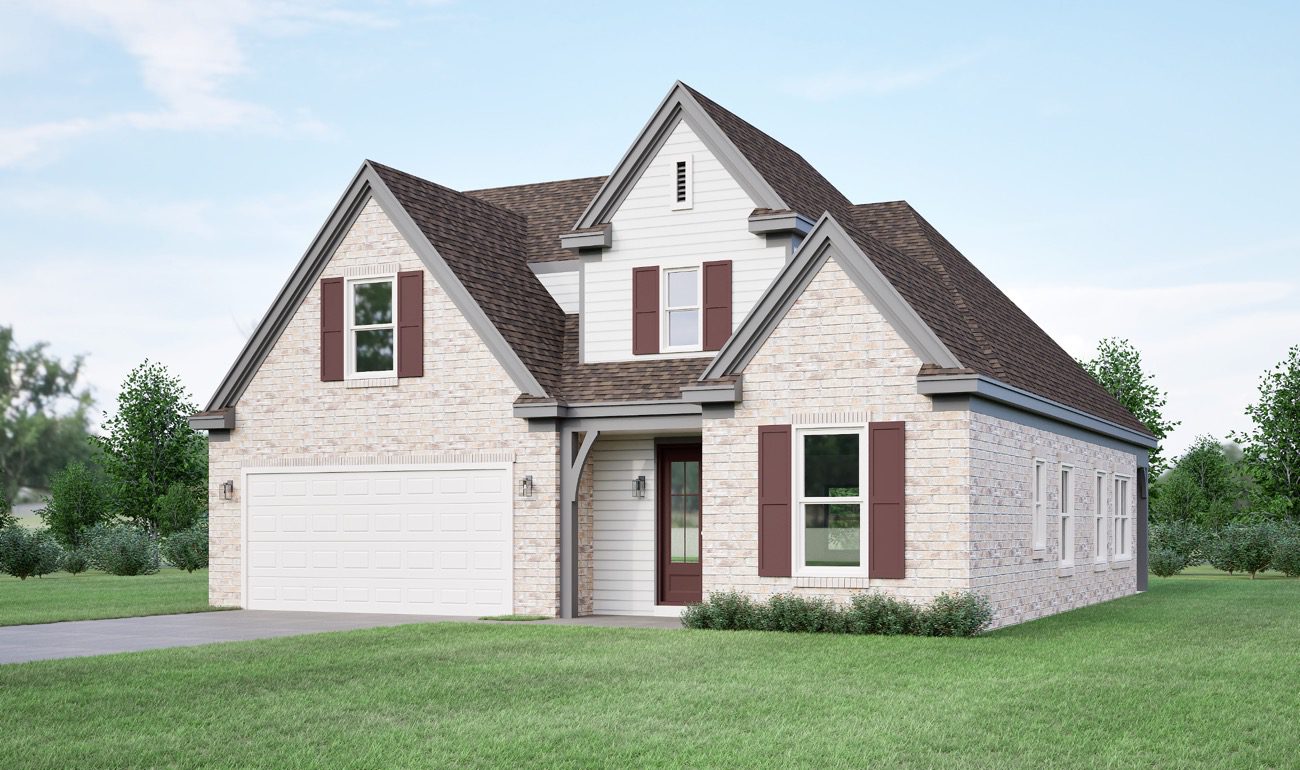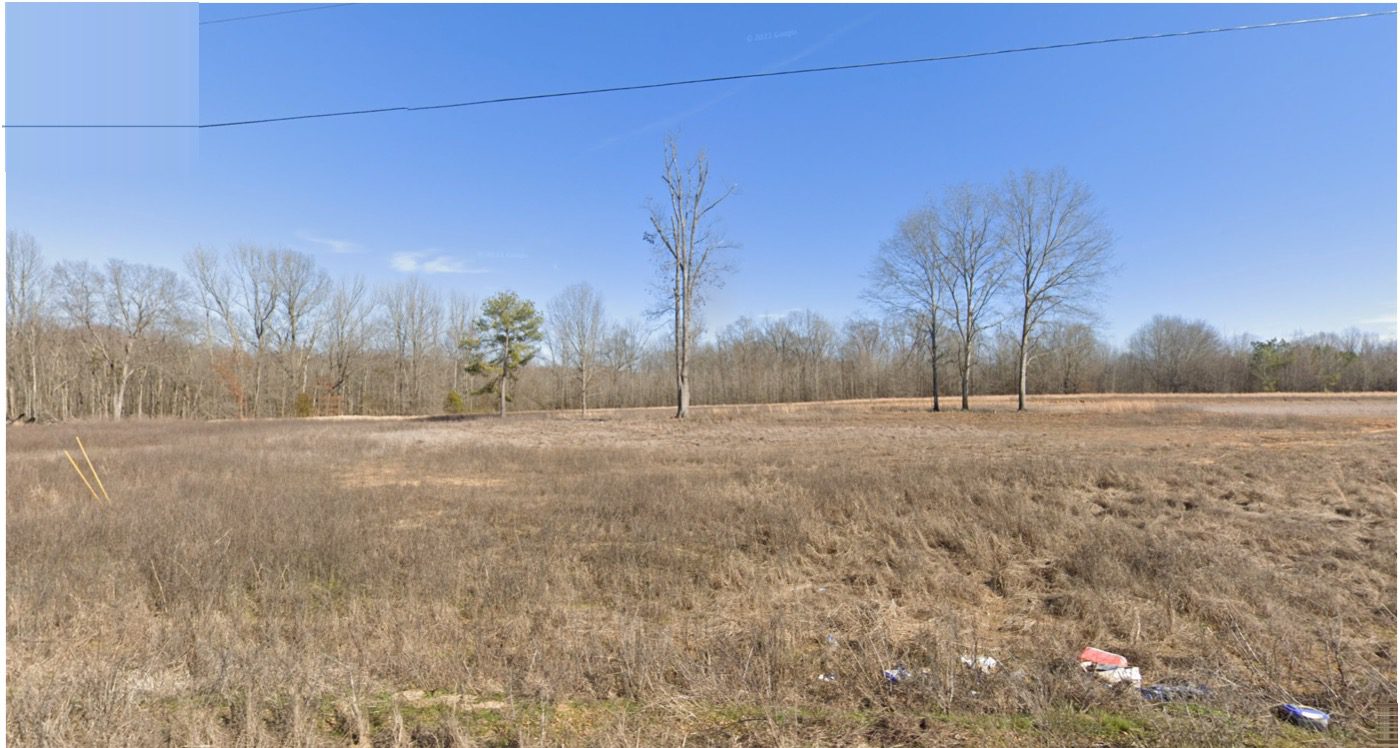Understanding the New Tariffs
In April 2025, President Donald Trump announced a sweeping set of new tariffs on imported goods. However, following market volatility and pressure from the business community, the administration issued a 90-day delay on the implementation of most tariffs — with the exception of those on Chinese imports, which remain in effect at increased rates.
While this pause may temporarily ease construction costs, the long-term impact remains a concern. Key measures expected to take effect after the delay include:
- A 10% tariff on all imports, with much higher rates for some goods — up to 145% on Chinese products and 20% on European Union imports.
- A 25% tariff on imported steel and aluminum.
- A 25% tariff on imported automobiles, including those from Mexico and Canada.
- Planned tariffs on copper imports, which are essential in construction and building.
These policies are designed to promote domestic manufacturing but will likely raise material costs significantly once fully enacted.
Impact of Tariffs on Real Estate and Construction
Higher material costs directly impact homebuilding and real estate investments:
- New Home Prices Will Rise: Builders are already facing higher costs for steel, aluminum, lumber, and other critical materials. As a result, the prices of new homes are expected to increase.
- Renovation and Maintenance Costs: Costs to renovate or maintain existing properties will also rise, squeezing investor margins.
- Reduced Inventory: Higher building costs may discourage new development, tightening supply and putting further upward pressure on prices.
- Potential Inflation: These tariffs may contribute to broader inflation, impacting the economy and potentially influencing mortgage interest rates.
Why Investors Should Consider Buying Sooner
Given the tariff environment, waiting could cost investors significantly more later. Here’s why acting now is strategic:
- Lock in Current Prices: Buying today allows investors to secure investment properties before higher construction and renovation costs are fully reflected in property prices.
- Access Available Incentives: Builders like Meridian are currently offering attractive incentives that may diminish as demand tightens and costs rise.
- Beat Future Supply Constraints: As new home construction slows due to rising costs, available inventory could shrink, driving up competition and prices.
- Protect Against Broader Inflation: Real estate is traditionally a strong hedge against inflation. Investing now locks in property values and potential rental income before wider economic impacts set in.
“Upcoming tariffs are a major reason why buying newly constructed rental properties now could be significantly more cost-effective than waiting,” said Brian Conlon, Director of Business Development at Meridian Pacific Properties. “We expect the cost of building new homes to increase and those costs will ultimately be passed on to the buyer.”
📅 Book a Complimentary Consultation with an Investment Expert
Why Waiting to Time the Market Is Risky for Investors
Trying to perfectly time the market often results in missed opportunities. As Will Rogers once said, “Don’t wait to buy real estate. Buy real estate and wait.” While no one can predict the future with certainty, it is unlikely that home prices will decrease significantly, especially with rising construction costs fueled by tariffs and inflation. Waiting could mean facing higher prices and fewer options later.
Today, investors have the advantage of strong builder incentives and a solid inventory of new-construction homes available through Meridian Pacific Properties. Acting now allows investors to lock in attractive pricing, build equity faster, and start generating rental income immediately. Rather than attempting to outguess the market, smart investors focus on securing quality properties that can grow in value over time.
🔎 Search Investment Properties
How Tariffs Are Impacting Other Investment Options
The ripple effects of new tariffs are being felt beyond real estate, influencing a variety of investment categories. Here’s how some other popular investment choices are being impacted — and how real estate compares:
- Stock Market Volatility: Tariff news often triggers sharp swings in the stock market. Sectors like manufacturing, technology, and retail are especially sensitive to increased material and import costs. This creates more uncertainty and short-term risk for stock investors.
- Bonds and Fixed Income Investments: Rising inflation pressure from tariffs can drive interest rates higher, reducing the value of existing bonds. This makes bonds less attractive for new investors seeking stable returns.
- Commodities: Some commodities may see price increases due to supply chain disruptions, but commodity investing remains volatile and sensitive to global economic shifts. For most investors, commodities are not a primary wealth-building vehicle.
- Private Business Investments: Tariffs on imported goods raise input costs for small and medium-sized businesses. This can squeeze margins and increase failure risk, making private investments more precarious.
Why Real Estate Remains a Strong Choice
Compared to stocks, bonds, commodities, and private businesses, real estate — particularly residential rental property — remains relatively resilient:
- Real estate is a tangible asset that often appreciates in value during inflationary periods.
- Rental income can adjust with inflation, helping protect investors’ purchasing power.
- New-construction investment properties, like those offered by Meridian Pacific Properties, provide immediate, stable cash flow.
- Property values are less volatile than stock prices, offering greater peace of mind during periods of economic uncertainty.
For investors seeking a balance of cash flow, asset appreciation, and inflation protection, real estate remains one of the most strategic options — especially when tariffs and global volatility create uncertainty in other asset classes.
Investment Performance During Inflationary Periods
Understanding how different types of investments historically perform during inflationary periods can help guide smarter decisions. The table below compares various asset classes based on their resilience to inflation and historical performance trends.
| Asset Class | Inflation Resilience | Historical Performance |
|---|---|---|
| Real Estate | High | Consistent income and appreciation; effective hedge against inflation. |
| Stocks | Moderate | Variable; some sectors outperform, others lag during inflation. |
| Bonds | Low | Typically underperform due to fixed interest payments losing purchasing power. |
| Commodities | High | Prices often rise with inflation, but can be volatile. |
| Gold | High | Traditional inflation hedge; maintains value over time. |
As shown, real estate stands out as one of the most reliable and resilient investments during times of rising inflation. While stocks, bonds, and commodities can offer mixed results, real estate offers consistent income, potential appreciation, and a strong hedge against economic volatility.
📅 Questions about Investing in Real Estate? Talk to An Expert
Tariff Timeline: Key Dates and Developments
To better understand the current environment, here’s a timeline highlighting key tariff announcements and their expected effects on real estate, construction, and the broader economy.
- March 12, 2025: 25% tariffs imposed on all steel and aluminum imports, eliminating previous exemptions.
- April 2, 2025: President Trump announces “Liberation Day” tariffs, introducing a 10% base tariff on all imports, with specific goods facing higher rates.
- April 9, 2025: Canada retaliates with 25% tariffs on U.S.-made vehicles not compliant with USMCA.
- April 10, 2025: Trump administration announces a 90-day delay on the implementation of most new tariffs (excluding those on Chinese goods).
- May 3, 2025: Originally scheduled date for 25% tariffs on foreign-made automobiles and parts to take effect (now delayed 90 days).
These dates illustrate how quickly the trade landscape is shifting. For investors, this means that waiting could expose them to rising costs and reduced inventory availability as the effects of tariffs ripple through the market. Even with a temporary pause, the long-term direction remains uncertain — making it a smart time to take advantage of available incentives and stable pricing now
Sources
CBS News – Trump reciprocal tariffs:
https://www.cbsnews.com/news/trump-reciprocal-tariffs-liberation-day-list/
Wikipedia – Tariffs in the second Trump administration:
https://en.wikipedia.org/wiki/Tariffs_in_the_second_Trump_administration
UPS – 2025 US Tariffs and Global Trade Impact:
https://www.ups.com/us/en/supplychain/resources/news-and-market-updates/2025-us-tariffs-impact-global-trade
PBS NewsHour – A Timeline of Trump’s Tariff Actions
https://www.pbs.org/newshour/economy/a-timeline-of-trumps-tariff-actions-so-far
Wikipedia – Liberation Day Tariffs
https://en.wikipedia.org/wiki/Liberation_Day_tariffs
Wikipedia – 2025 United States Tariffs Against the European Union
https://en.wikipedia.org/wiki/2025_United_States_tariffs_against_the_European_Union
Peterson Institute for International Economics (PIIE) – Trump’s Trade War Timeline
https://www.piie.com/blogs/realtime-economics/2025/trumps-trade-war-timeline-20-date-guide
Neuberger Berman – Real Estate: Built to Withstand Both Inflation and a Slowdown
https://www.nb.com/es/global/insights/insights-real-estate-built-to-withstand-both-inflation-and-a-slowdown
Investopedia – Top Assets for Protection Against Inflation
https://www.investopedia.com/articles/investing/081315/9-top-assets-protection-against-inflation.asp
The Washington Post – Home Builders Wary of Tariffs Amid Rising Costs
https://www.washingtonpost.com/business/2025/04/16/home-builders-trump-tariffs/
Please Share This Article
If you enjoyed this article, please share it. We appreciate your support and referrals.
Talk To The Author
Brian Conlon is the Director of Business Development at Meridian Pacific Properties. With years of experience in real estate investing and turnkey property management, Brian specializes in helping investors optimize cash flow, plan for long-term property performance, and navigate the complexities of real estate investing.
Schedule a consultation with Brian to learn more about investing in SFR investment properties.







